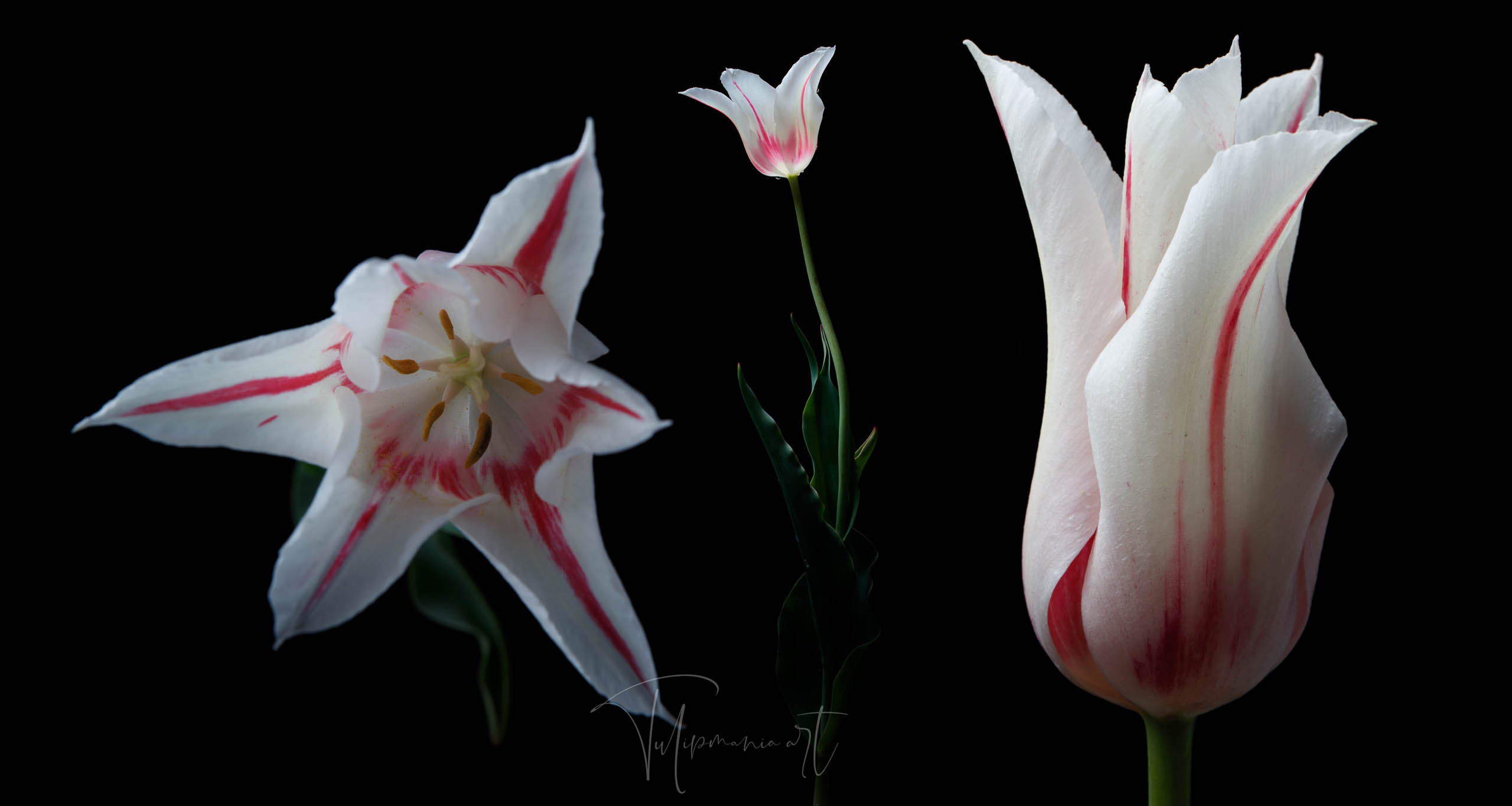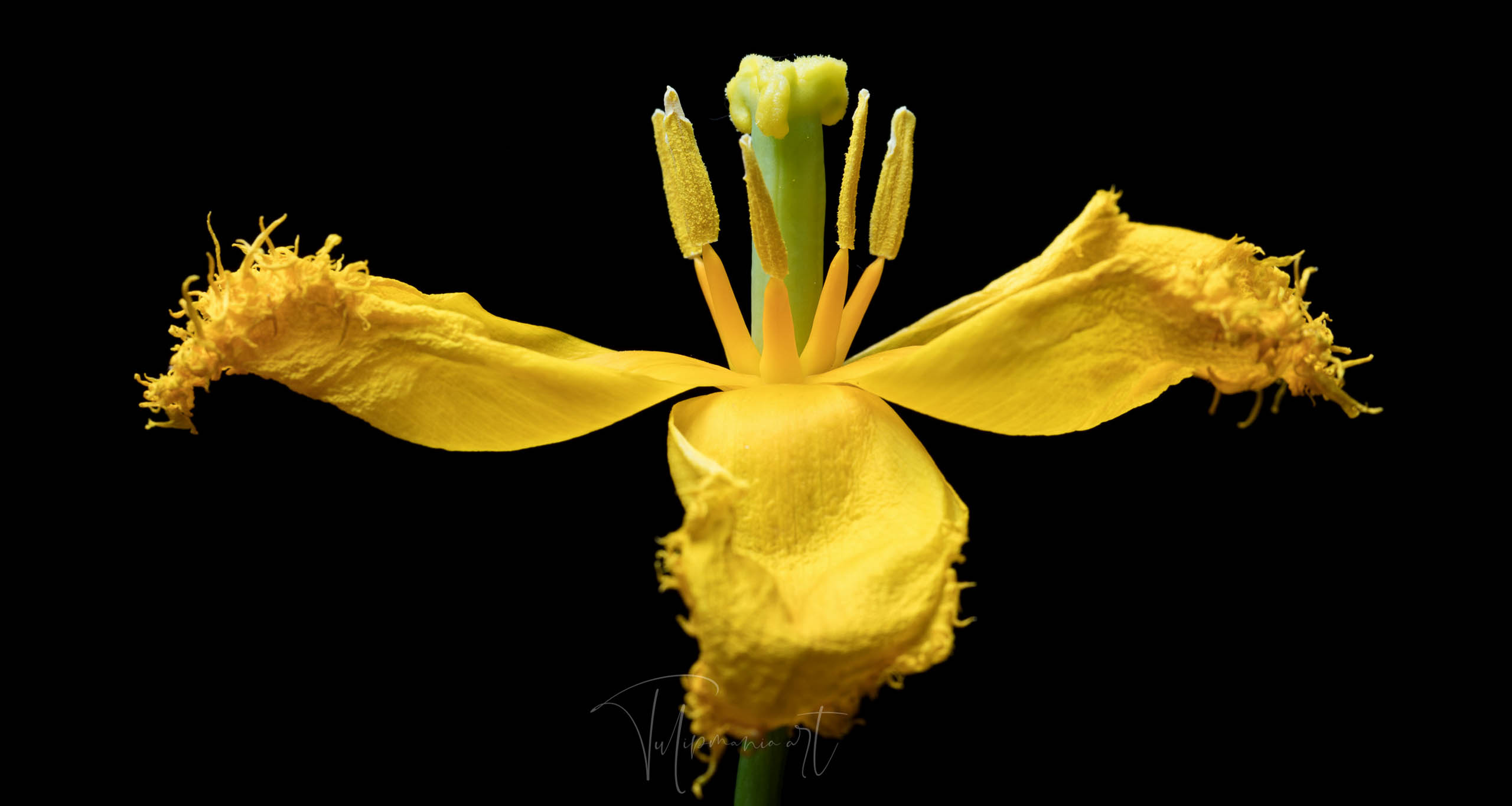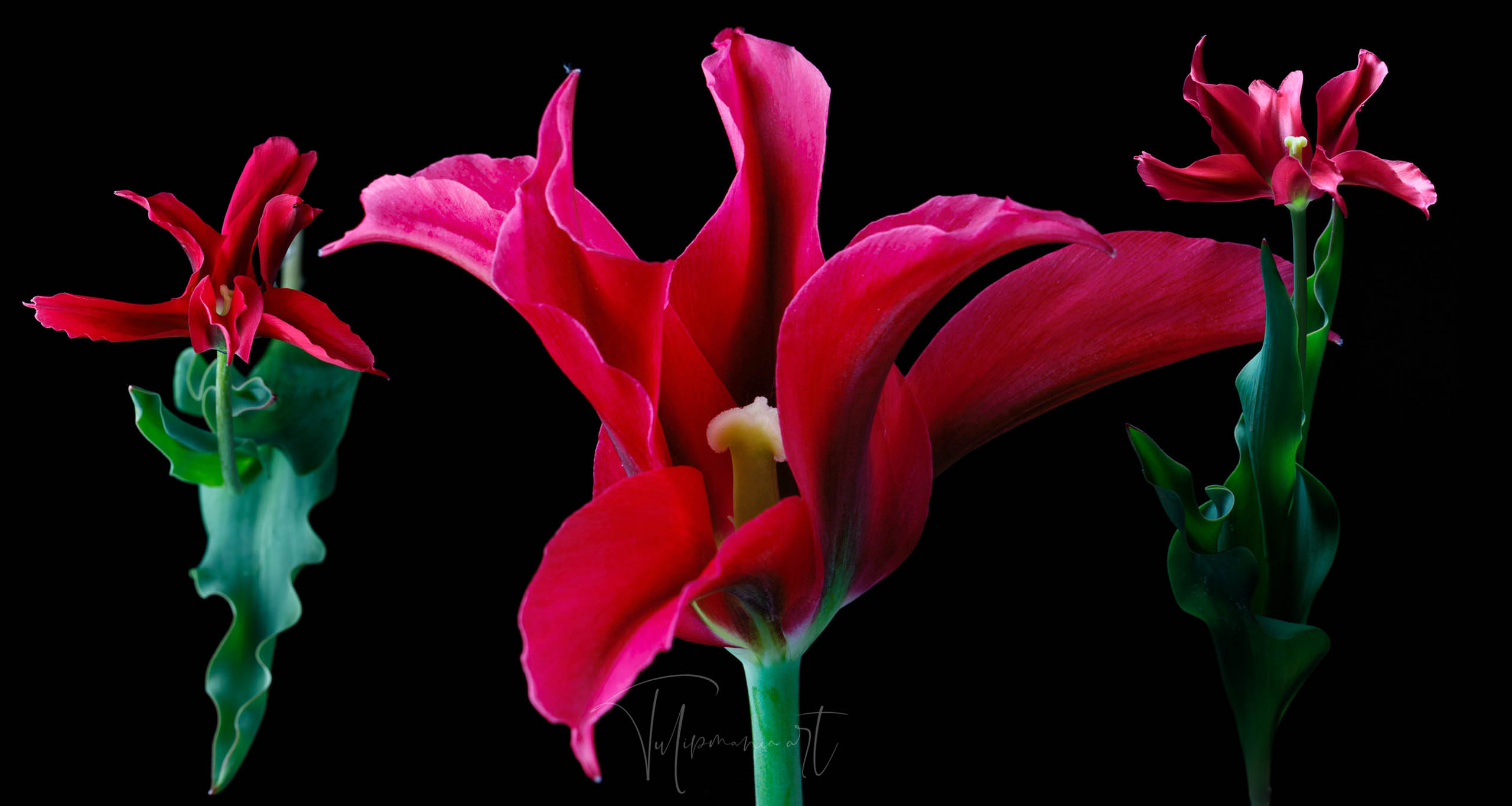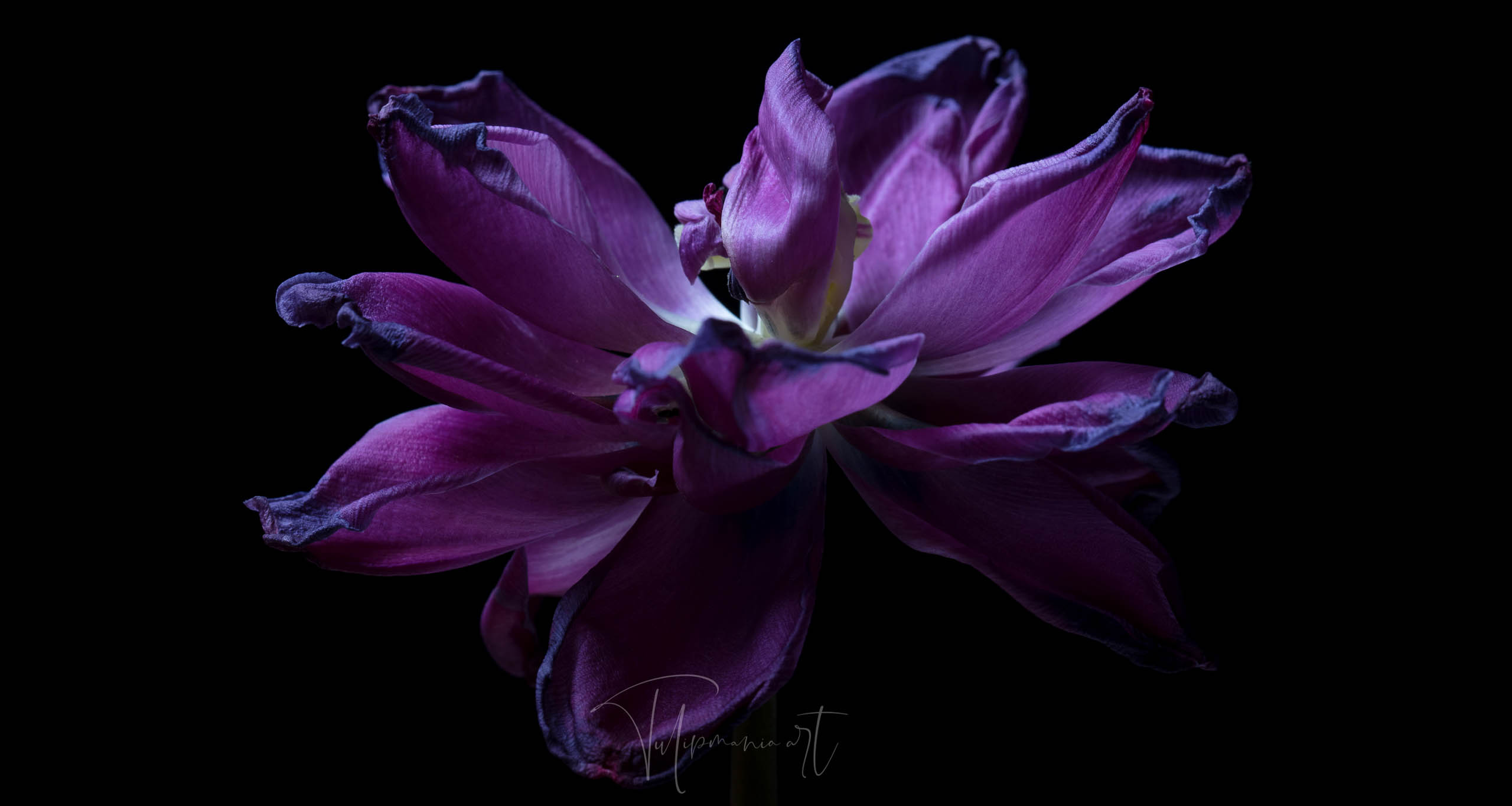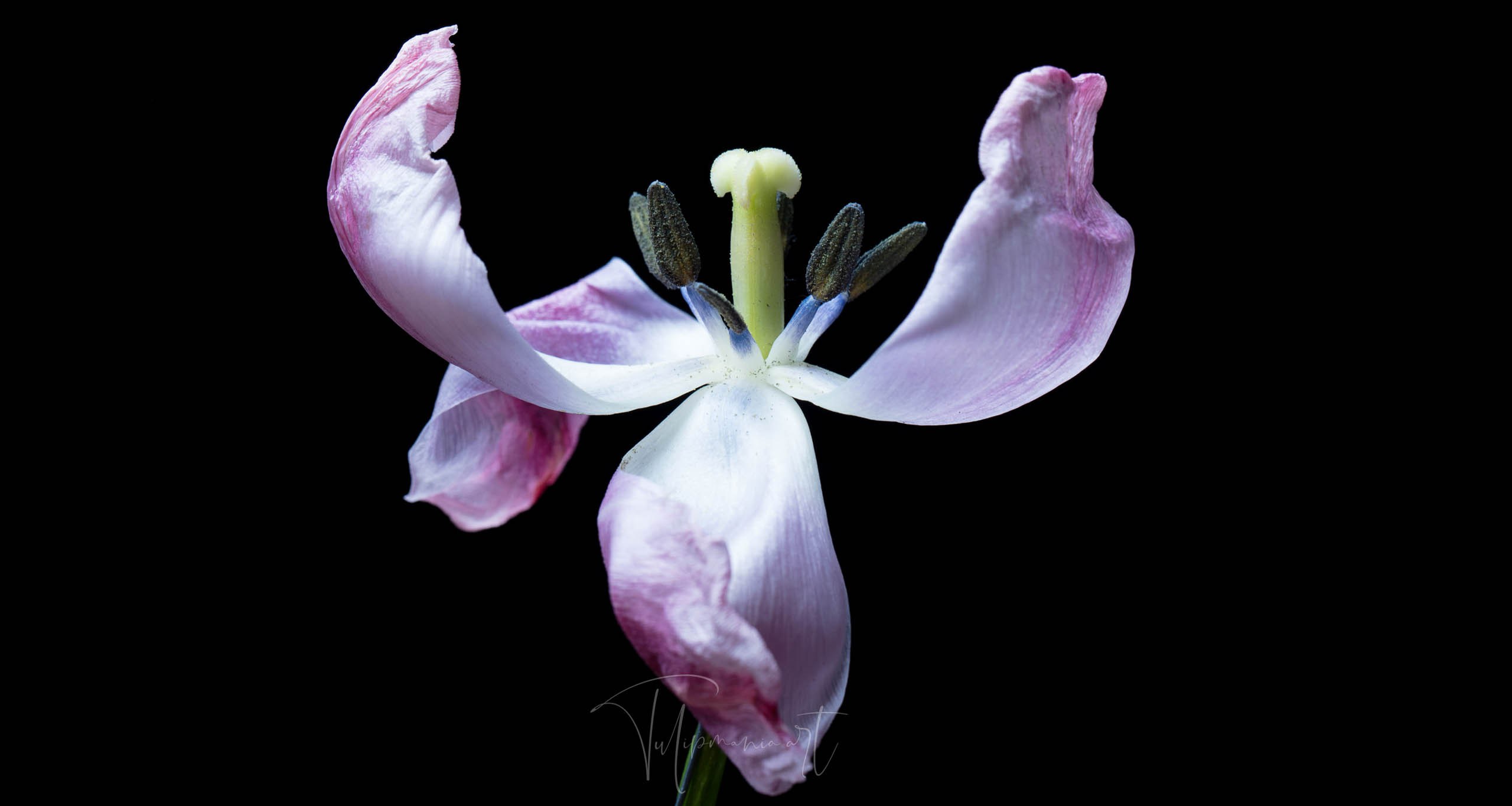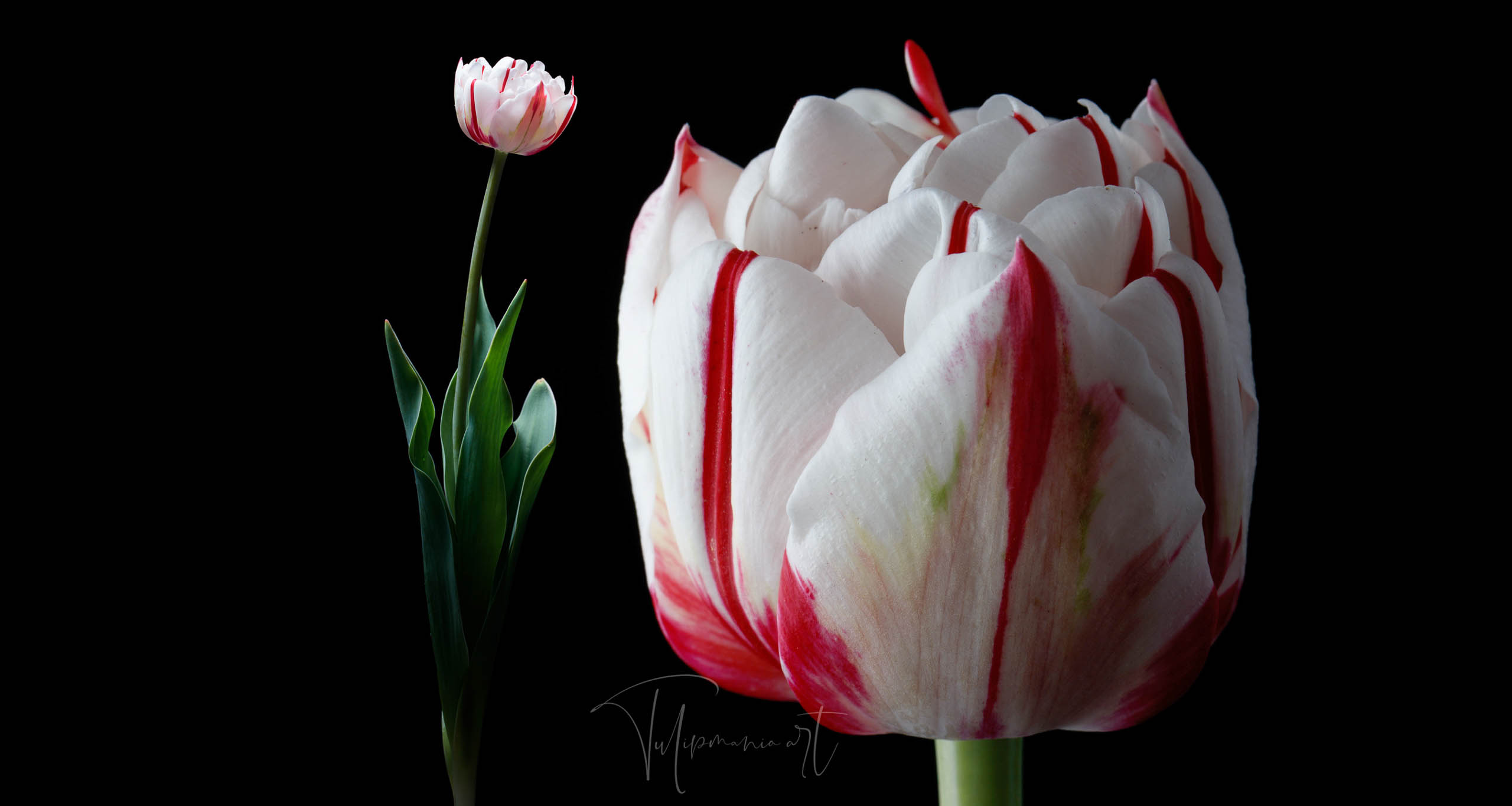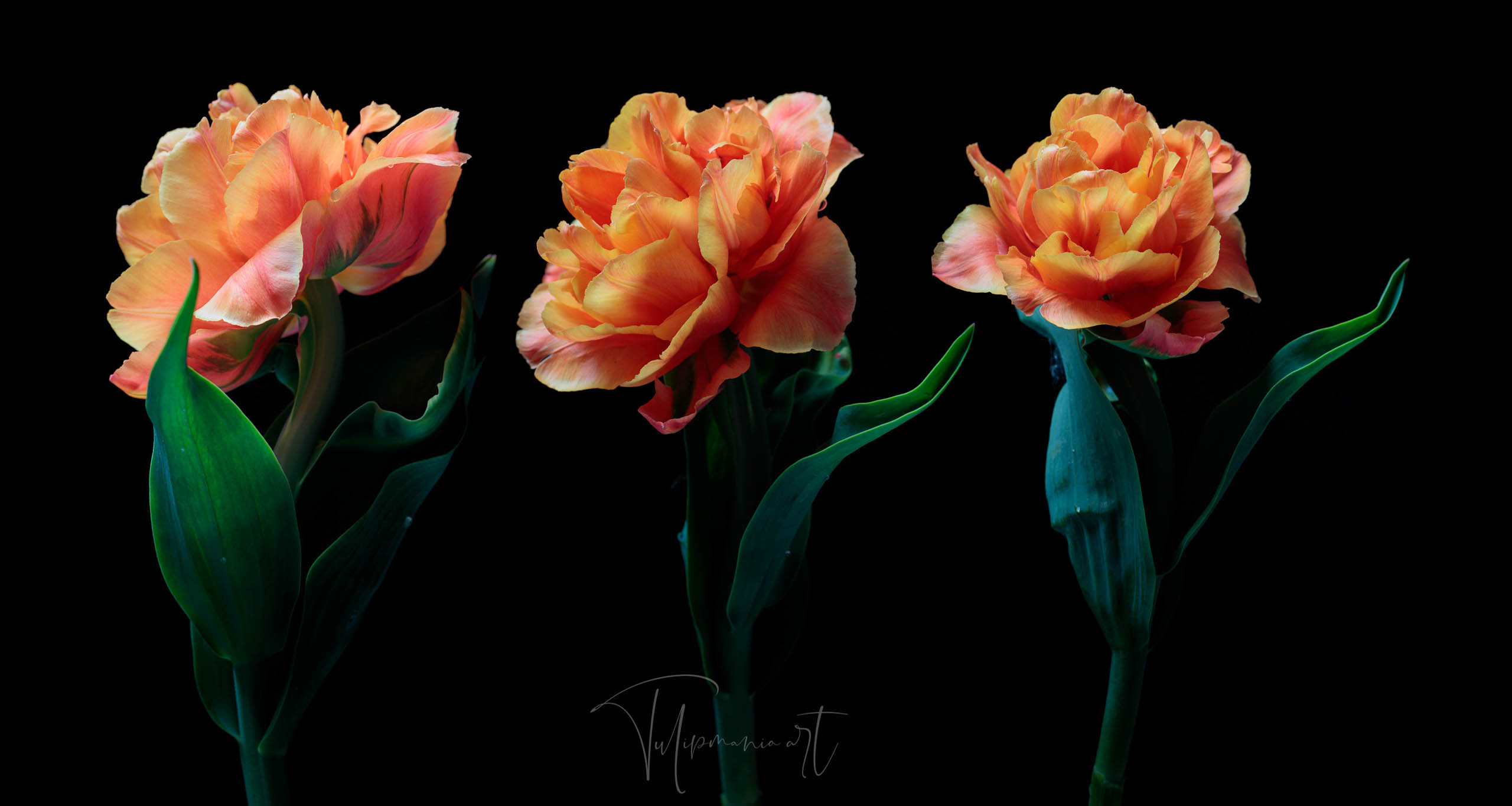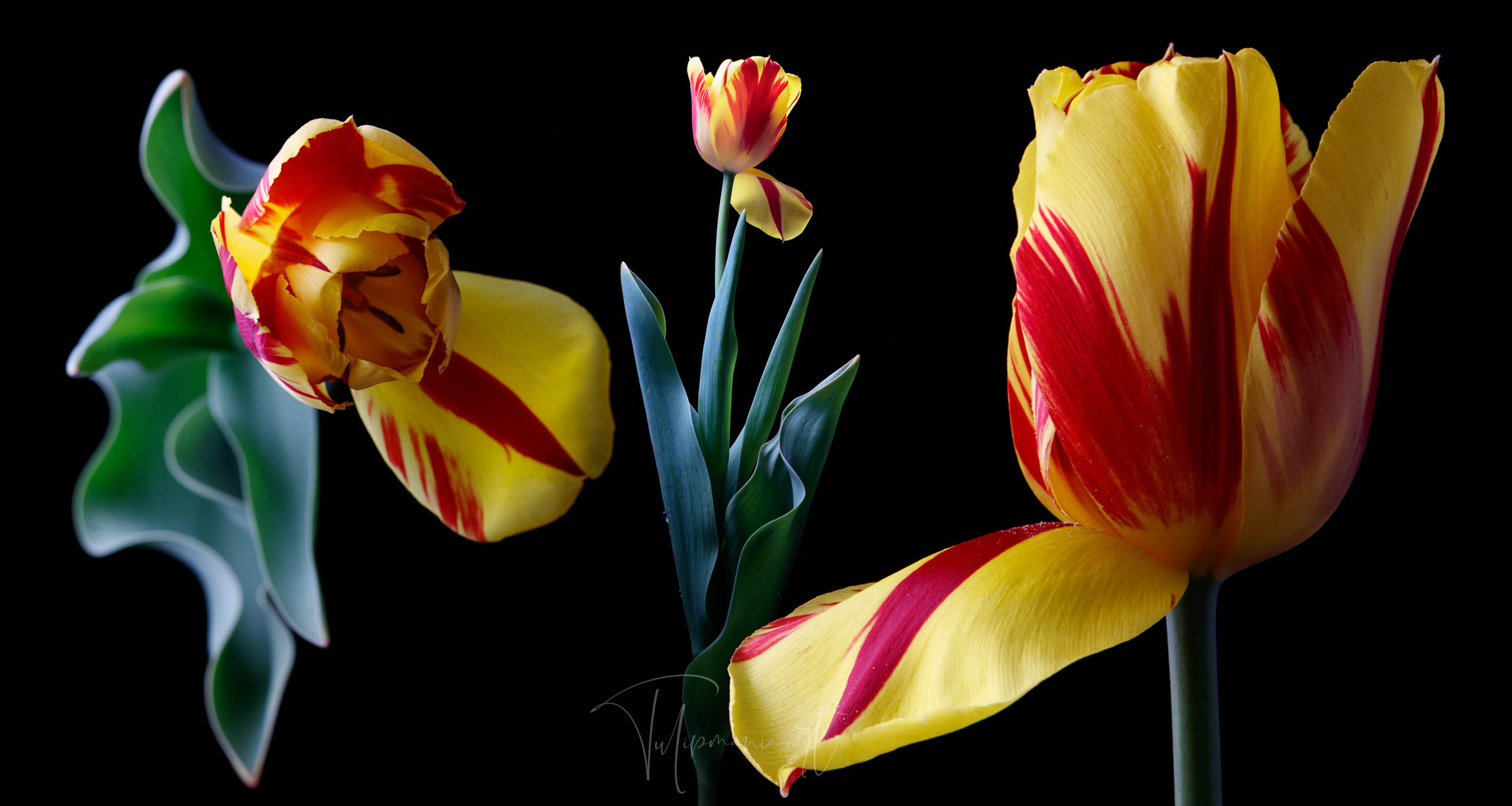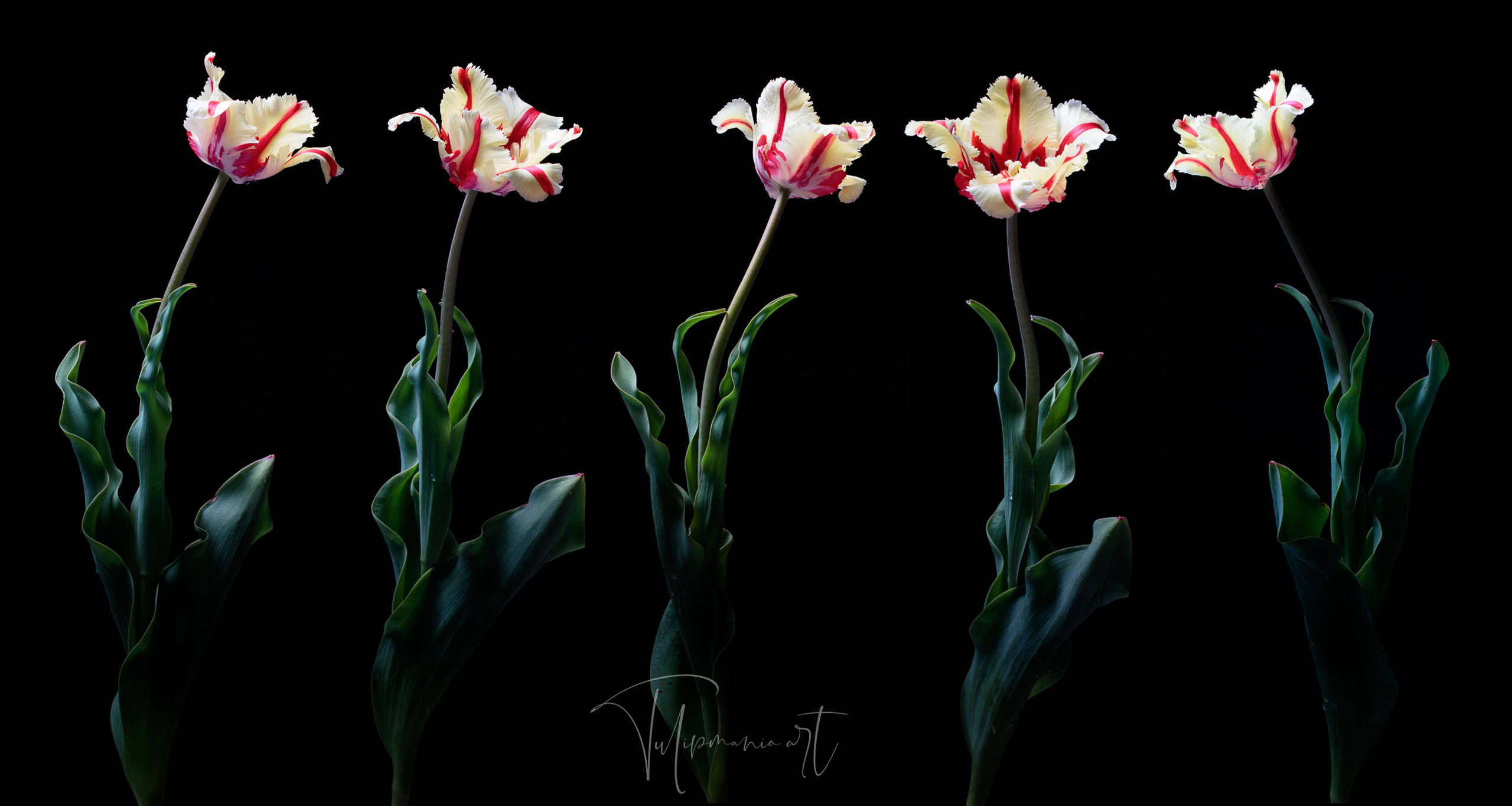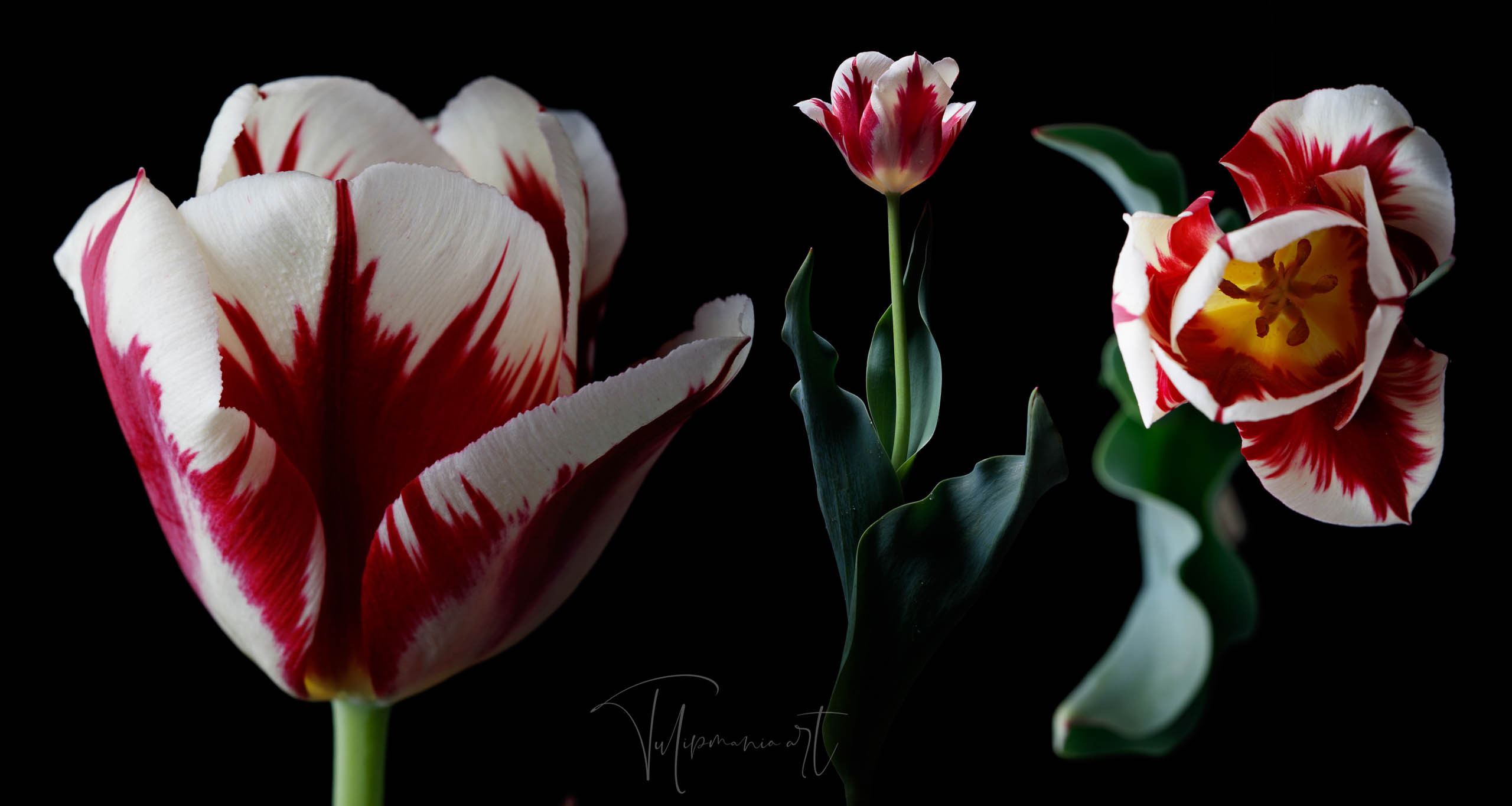The tulip name comes from the Turkish word for turban
The name the tulip originally bore in its homeland, Persia, was “laleh”, defining it as “Flower of God”, because the letters forming the name of the flower coincided with the letters forming the name of god – Allah. When the tulip traveled to the Ottoman Empire, it preserved the roots of its name, being called “lale” in Turkish. How come then, that it got to be called “tulip”?
Well, at first, when the tulip arrived to Europe from the Ottoman Empire, nobody knew the name of this exotic novelty of unprecedented appeal and unparalleled beauty. It was addressed with different names, from red lilly, to lilionarcisus, until its first written mention as “tulipam” in 1554, in a letter of Ogier Ghiselin de Busbecq, the Austrian ambassador to the the Ottoman Empire. The story has it that once, while traveling along blooming tulip fields, the diplomat, who saw the flowers for the first time, stopped to have a closer look and admire the blooms. The workers in the field were wearing turbans, which they decorated with tulip blooms, so when the Ambassador pointed to the head of a worker asking what it was, the interpreter answered “tuliband”, meaning the headdress, and not the flower stuck between the folds of the turban. This is how a misunderstanding made out of the Turkish “lale” a “tulipam”.
The Dutch government published a guide on how to prepare tulip bulbs correctly, instructing people to first cut them in half and remove their flower germs, which accumulate toxins. The guide contained as well various recipes of soups, porridge, fried, roasted or mashed tulip bulbs and even ways of making flour from tulip bulbs, for baking bread.
Hard times are luckily long behind, but the tulip bulb has preserved its status of food item. Modern cuisine has explored an reinvented the tulip bulb as a culinary treat, which can nowadays be found on the menu of luxury restaurants.
The tulip name comes from the Turkish word for turban Read More »

